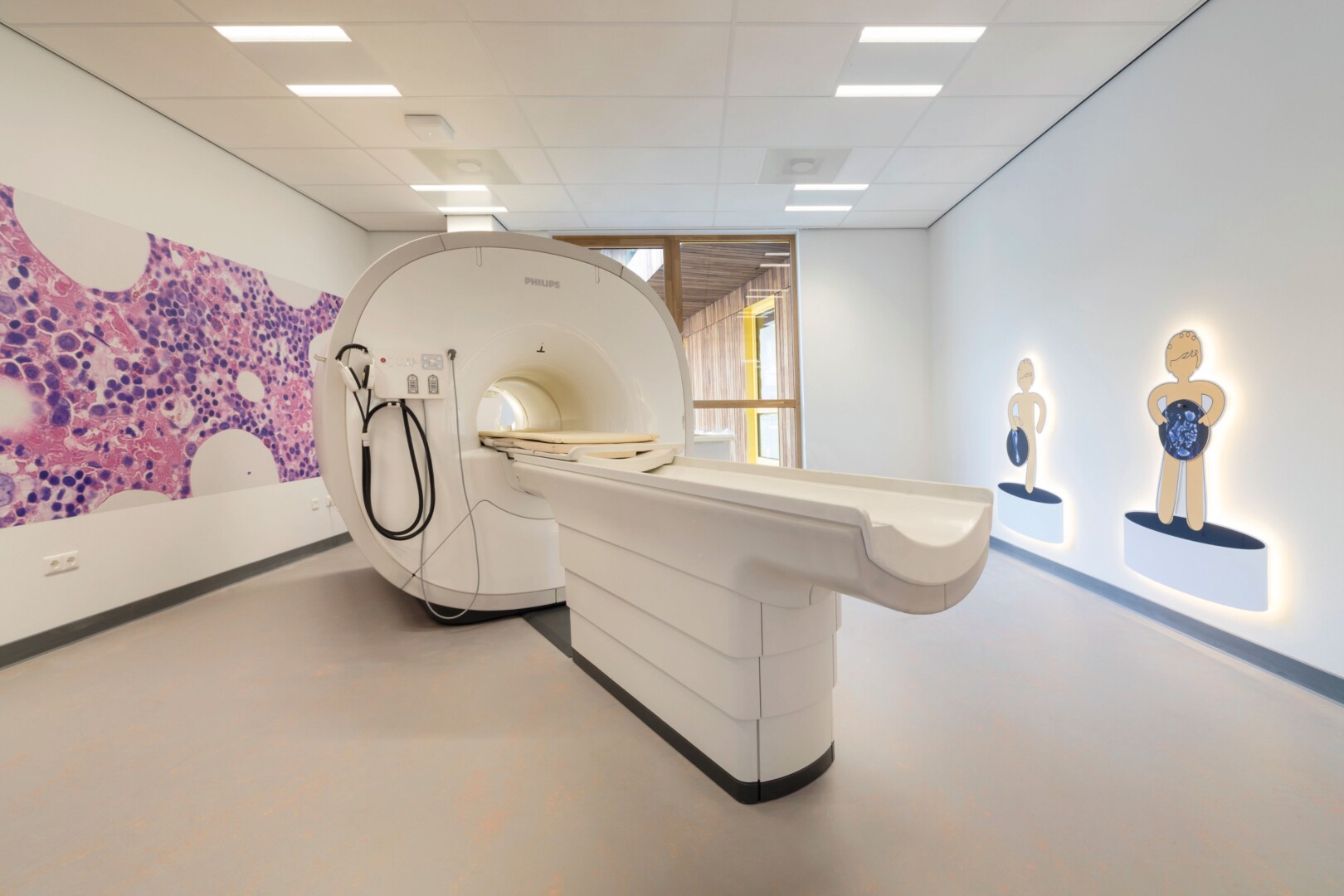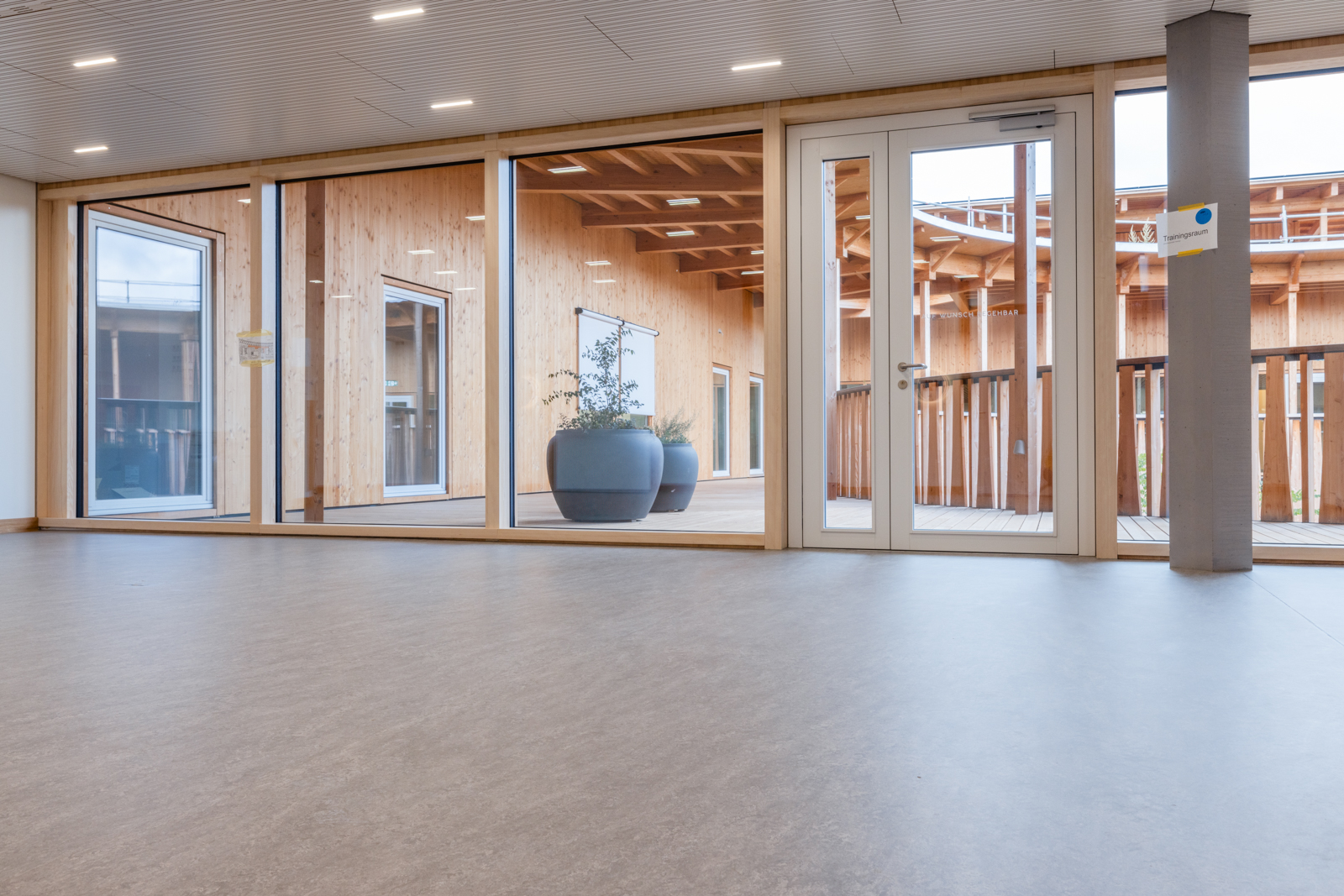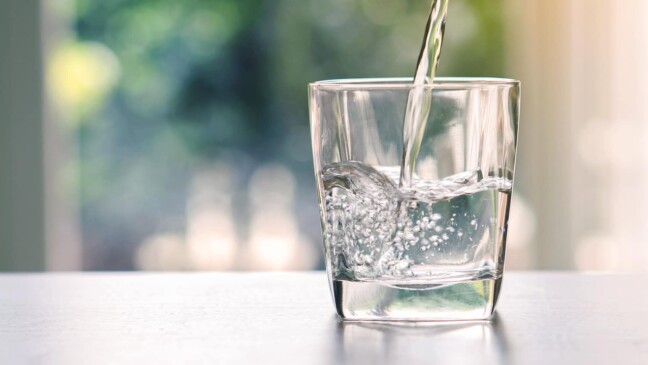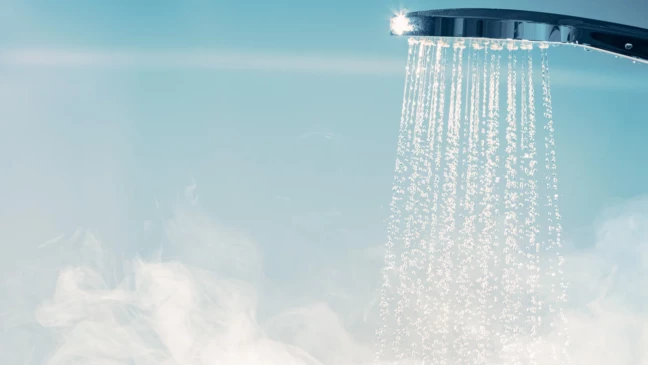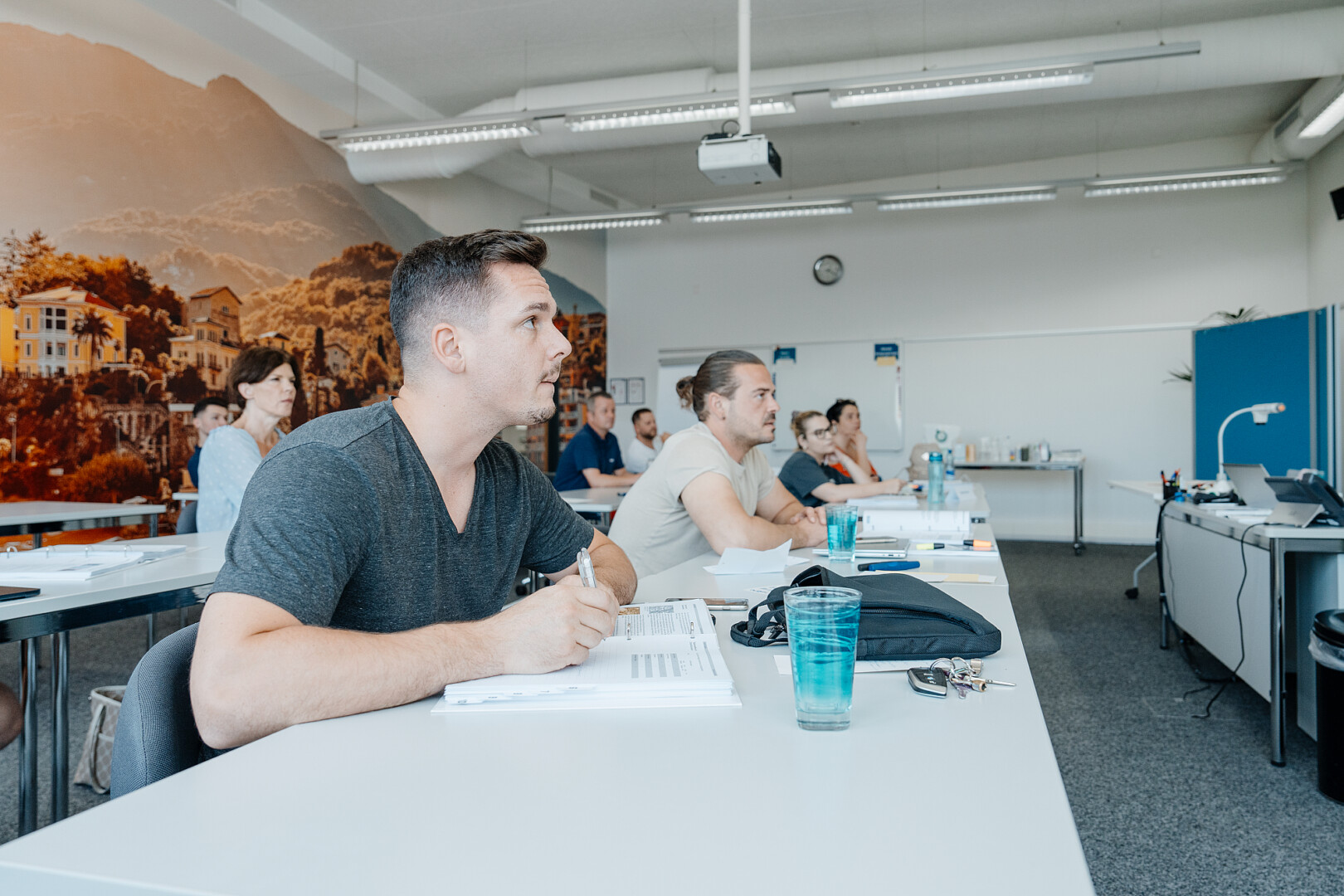
19.06.25
Hygiene starts on the floor: What floor solutions can contribute to infection prevention
When people talk about hygiene in public facilities, the focus is usually on cleaning plans, disinfectants or hand hygiene. One aspect is often overlooked, even though it literally forms the basis for all other measures: the floor. In hospitals, nursing homes, schools and nurseries, flooring is exposed to enormous stresses on a daily basis - not only mechanically, but also in terms of hygiene. It is a contact surface, carrier of germs, cleaning object and, last but not least, a decisive factor for the room climate.
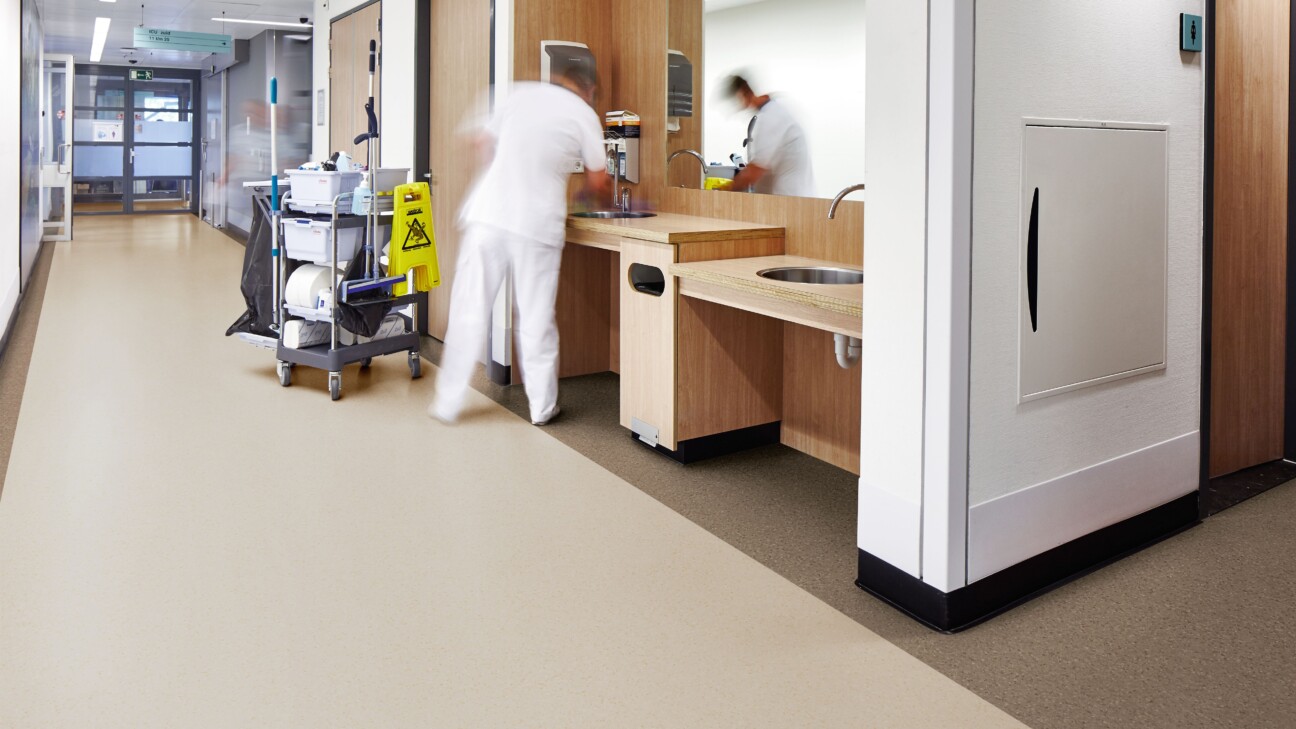
Choice of material as a hygienic choice
The hygienic quality of a floor does not depend solely on cleaning, but starts with the choice of material. A floor covering that is resistant to disinfectants, does not provide a breeding ground for microorganisms and is easy to clean can make a significant contribution to infection prevention. At the same time, it must be robust enough to fulfil its function even with high footfall and heavy use – and for many years to come.
In practice, many conventional flooring solutions only fulfil these requirements to a limited extent. It becomes particularly problematic when surfaces are damaged by scratches or chemical influences, making them more difficult to clean or even favouring germs. The need for regular maintenance can also become a hygienic risk if this is neglected for reasons of time or cost.
Technological developments in response to new requirements
Modern flooring solutions show that hygiene, sustainability and suitability for everyday use do not have to be a contradiction in terms. One example of this is the linoleum product Marmoleum with Topshield Pro from Forbo. It is based on natural raw materials such as linseed oil, wood flour and jute and is equipped with an innovative surface finish that has a lasting bacteriostatic effect. The high resistance to alcohol-based disinfectants is particularly noteworthy – even after prolonged exposure, the surface and appearance remain unchanged.
These properties are not only relevant for the hospital sector, but also for educational facilities, care homes or public administration buildings, where hygiene requirements have to be harmonised with design and economic aspects.
Hygiene als integraler Bestandteil der Planung
The most important realisation to be gained from dealing with hygienic flooring solutions is that hygiene doesn’t just start with cleaning, but also at the planning stage. If you think strategically about the flooring in new buildings or refurbishments, you can not only increase hygienic safety in the long term, but also reduce operating costs and extend the service life of the equipment.
It is worth paying attention not only to short-term acquisition costs, but also to the long-term ease of cleaning, sanitisation and environmental compatibility of a product. After all, a floor that remains hygienic in the long term not only reduces the risk of infection, but also the cost of cleaning and maintenance.
